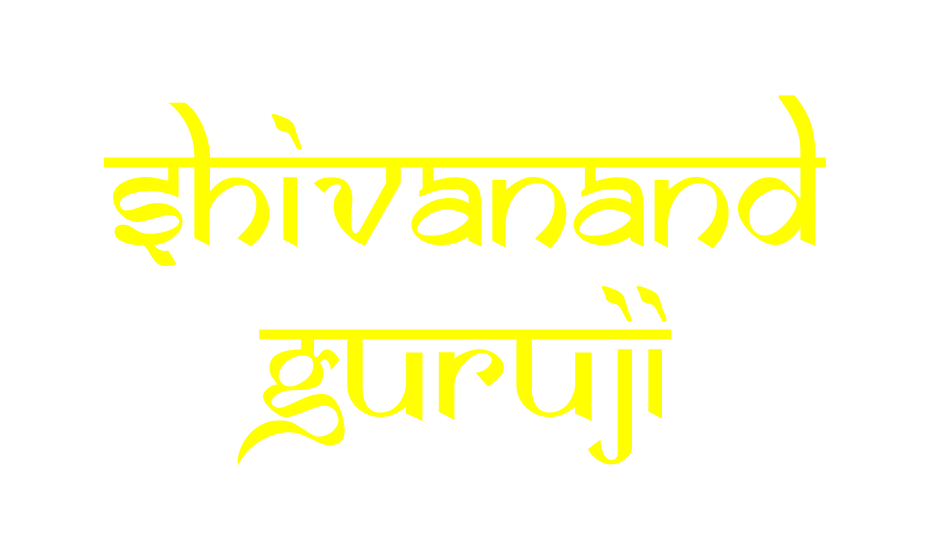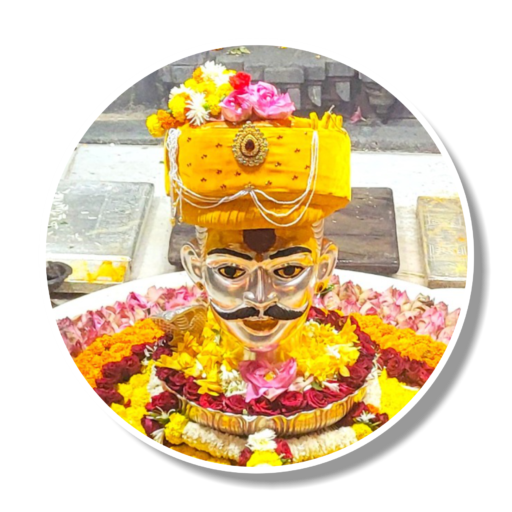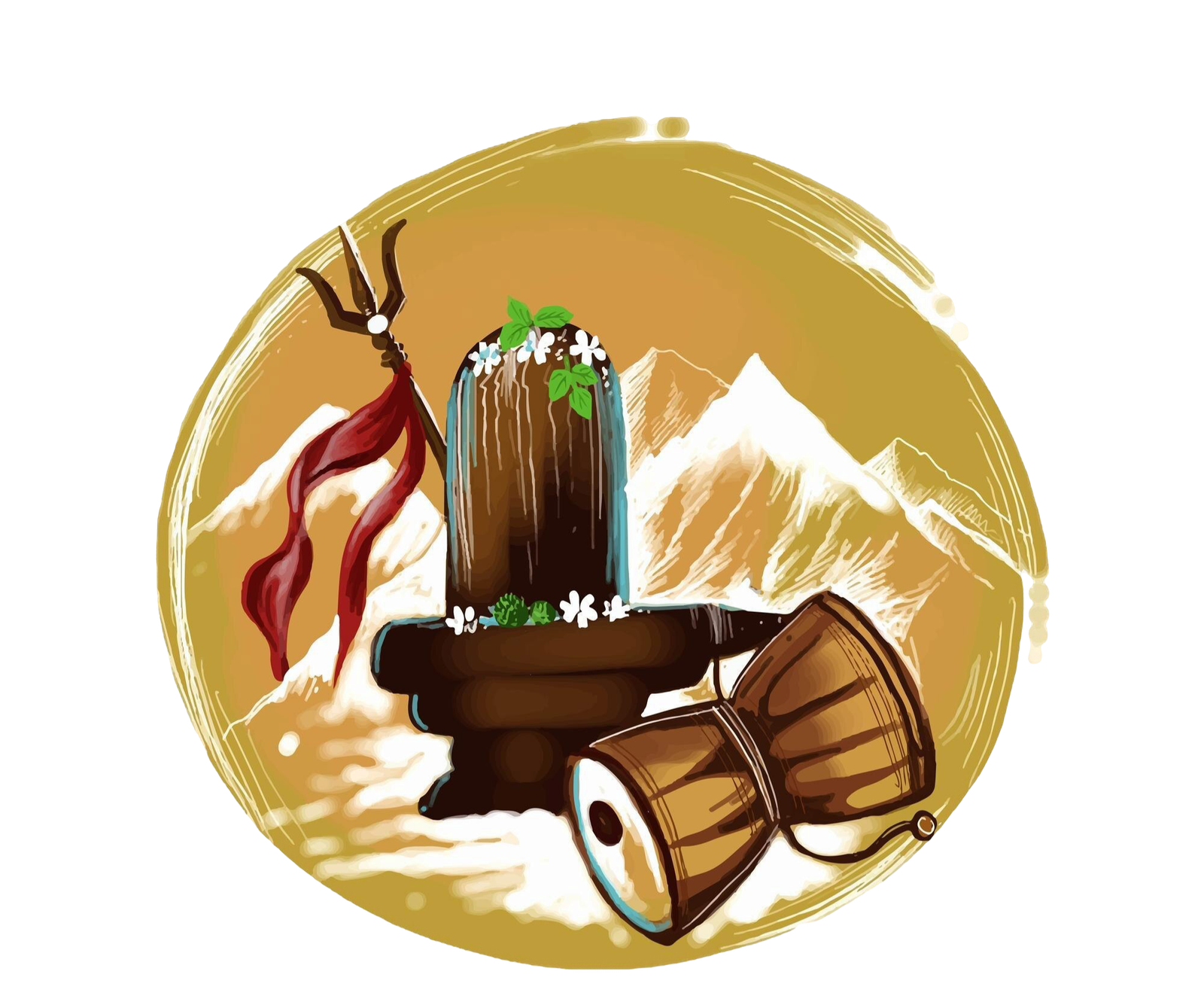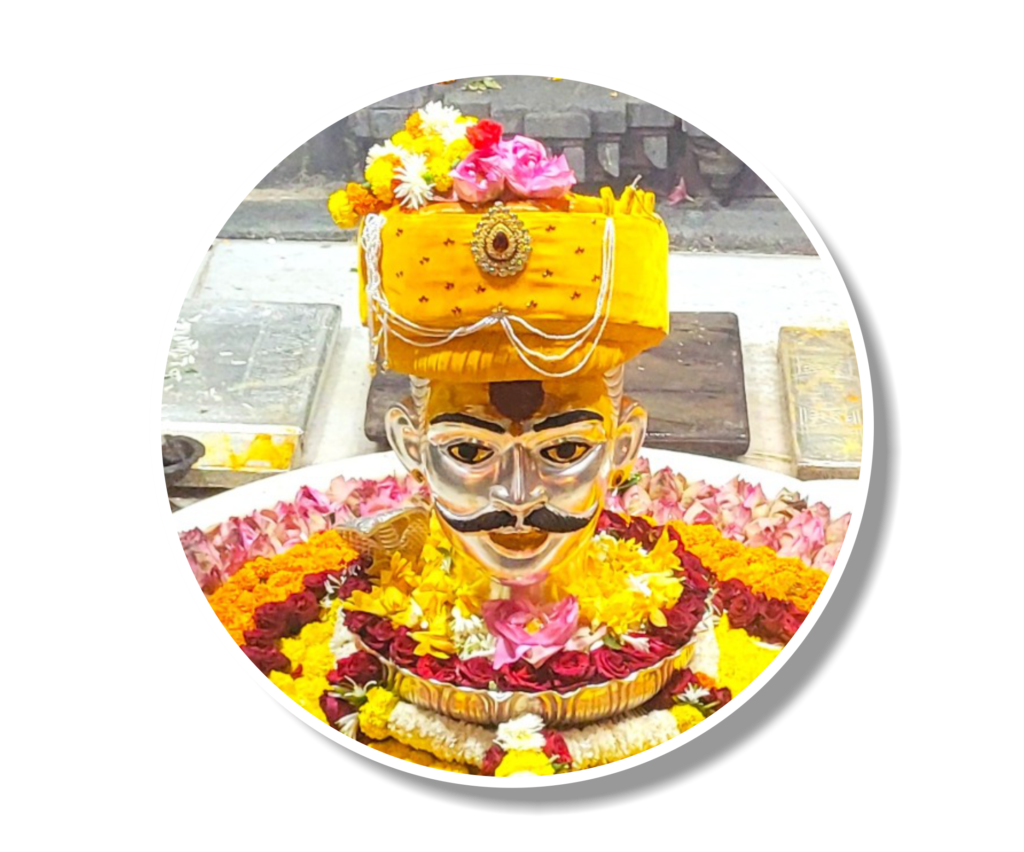About Shivanand Guruji
KALSARP POOJA IN TRIMBAKESHWAR
The Kalsarp Dosh Pooja at Trimbakeshwar is a sacred ritual performed to neutralize the malefic effects of Kalsarp Dosh in one’s horoscope, which occurs when all planets are positioned between Rahu and Ketu. Conducted at the Trimbakeshwar Temple, one of the 12 Jyotirlingas in Maharashtra, the puja includes mantra chanting, havan (fire ritual), and ancestral offerings. It is best performed on auspicious days like Amavasya and is believed to bring relief from obstacles, mental stress, and delays in life while promoting peace, prosperity, and spiritual growth.

OUR MISSION
To connect devotees with the divine through authentic and expertly performed rituals, including Kalsarp Pooja. We strive to create a spiritual journey that fosters peace, prosperity, and inner harmony.
OUR VISION
Our vision is to uphold and propagate the sacred traditions of Vedic rituals, creating a spiritual haven where devotees can seek solace, divine blessings, and solutions to life’s challenges.
KalSarp Yog Puja
Navgrah Shanti
Mahamrityunjay Jaap
Pitrudosh Pooja
Narayan Nagbali Pooja
Mangal Dosh Pooja
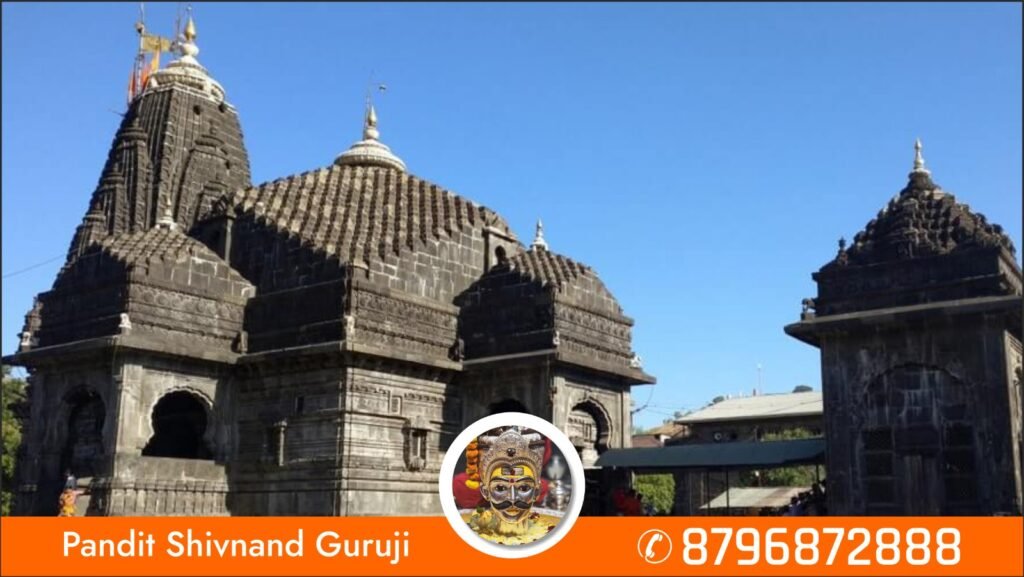

About Trimbakeshwar
Trimbakeshwar is a town near Nashik, Maharashtra, famous for the Trimbakeshwar Shiva Temple, one of the 12 Jyotirlingas of Lord Shiva. It is about 28 km from Nashik and is a significant pilgrimage site. The temple features a unique Shiva Lingam representing the trinity of Brahma, Vishnu, and Mahesh.
Darshan Timings -5:00am - 10:30pm
Trimbakeshwar Temple, located near Nashik in Maharashtra, is one of the 12 Jyotirlingas dedicated to Lord Shiva, making it a prominent spiritual destination. The temple is renowned for its unique Jyotirlinga, which represents the trinity of Brahma, Vishnu, and Mahesh (Shiva), and is also revered as the origin of the sacred Godavari River. Open daily from 5:00 AM to 10:30 PM, the temple offers devotees ample opportunity for darshan and participation in various rituals. Its stunning black stone architecture, intricate carvings, and serene ambiance make it a significant site of worship and heritage.

